Fixed Rates
30 yr
25 yr
20 yr
15 yr
10 yr
Compare Terms
Compare Rates
Real APR
Adjustable Rates
Qualification
Affordability
Renter Affordability
Rent vs Buy
Price per Square Foot
Jumbo
Home Sellers
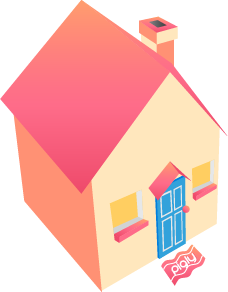 Home Price Per Square Foot Calculator
Home Price Per Square Foot CalculatorUse this calculator to figure the PITI mortgage payments on a home inclusive of principal, interest, property taxes and insurance. Enter the size of the home to calculate the cost per square foot. When entering down payment, property taxes & homeowners insurance you can enter these figures as dollar amounts using the fields to the right or as percent of the home's value using the fields to the left. When you are done with your calculation you can click the botton at the bottom of the calculator to generate an amortization schedule.
Guide published by Jose Abuyuan on September 16, 2020
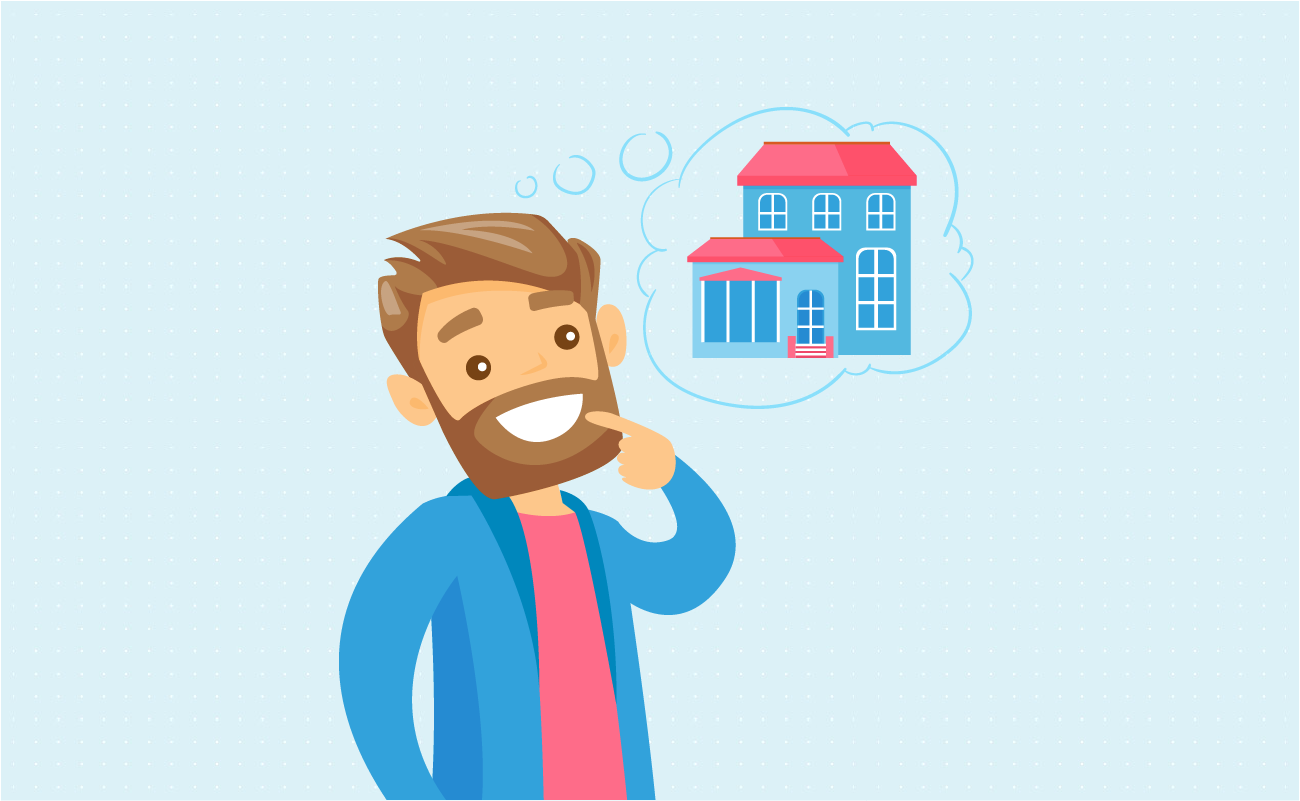
One of the biggest milestones in your life is homeownership, which is an exciting time for everyone. After all those years, your dream home is one step closer to reality. Of course, your budget probably gave you the much-needed reality check. If not, you should start assessing how much home you can afford.
Among the things you should consider is the floor area or square footage of a house, which helps determine your potential budget. This also impacts your location options, living expenses, and personal comfort. That said, you likely want to upgrade from where you currently live, which often means a bigger house. Nobody wants to live in a home with less elbow room, after all. Or do they?
Cheap land in the suburbs makes larger homes a possibility for the average U.S. homebuyer. It’s easy to get suckered into the idea of living in a magnificent mansion. However, many people who did so paid a terrible price for oversized property (and a steep mortgage, too). Now, more than ever, you’ll need to put your needs ahead of what you want.
Part of the American dream is to be a proud homeowner. And like a lot of things, this dream has been supersized to oblivion and back. The size of the typical American home has grown for more than a century. Between 1891 and 2010, the average American home doubled in floor space from about 400 to 800 square feet. Home sizes peaked during 1981, where it reached 1,700 square feet.
Economic trends toward the end of the last century caused a peak in the size of the median U.S. home. This started around the 1980s and continued well into the 2000s. Deregulation allowed lenders to extend mortgages to a greater number of people, which wasn’t the most intelligent of moves. The resulting mortgage crisis was a contributing factor to the Great Recession.
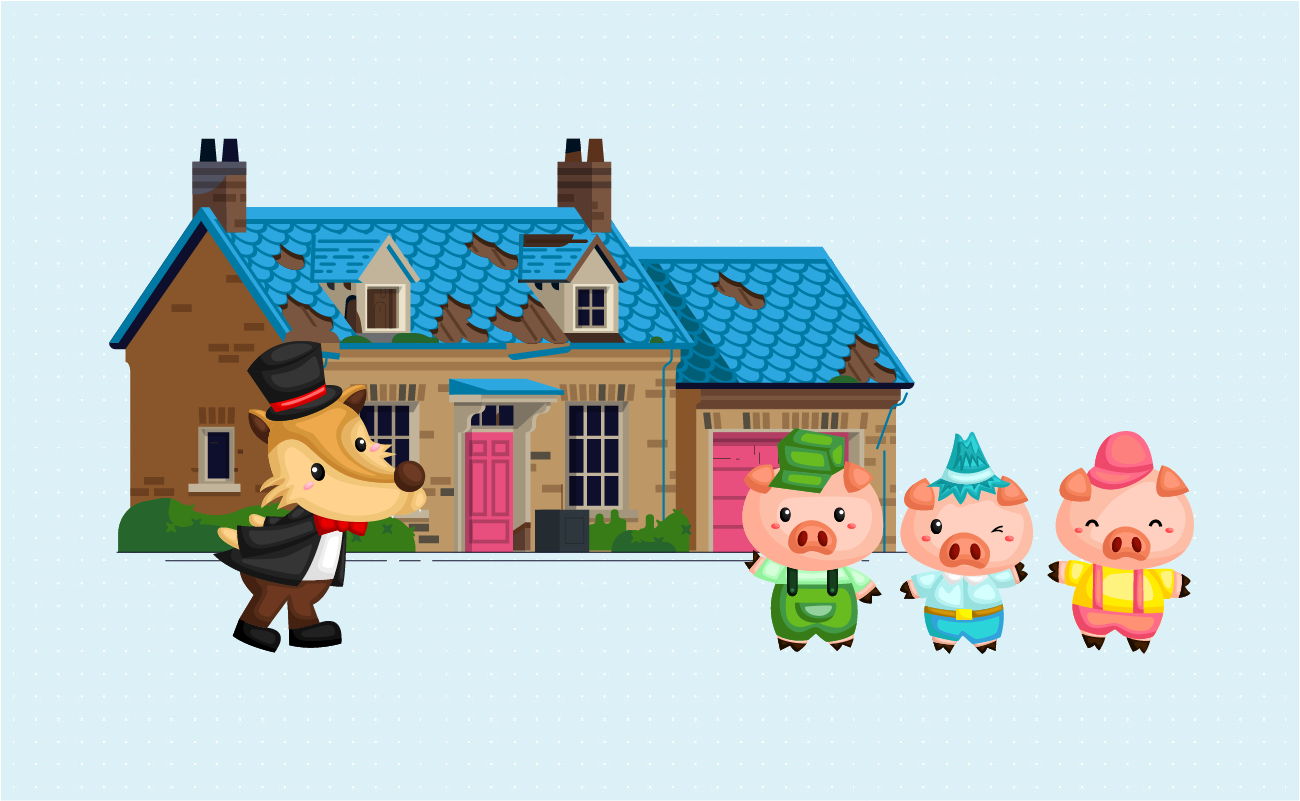
For years, the average American’s “house goals” leaned on the big end of the scale. Today, the median American home is around 2,200 square feet, with only a handful of countries approaching that number. Despite this, the U.S. only comes at a paltry second place in largest median home sizes, according to Love Abode. Australia has larger median homes, with an average floor area exceeding 2,500 square feet. Other countries have comparatively smaller homes, despite their wealth. The average Chinese home is around 500 square feet.
It’s tempting to believe that America loves big homes because it is a gargantuan country. After all, the only other nation with bigger houses has a continent to itself. But that’s only part of the equation. Russia and Kazakhstan are also huge, but have smaller home sizes. What really made this possible was the U.S. road and highway system.
These roads allowed American homeowners to live much farther from their workplaces. Thus, it meant that people can also drive a little longer to look for cheaper land. Over time, this trend escalated. People who wanted bigger houses found affordable land in the suburbs. And since the American family has contracted in size, that’s a lot of space going to fewer people.
For many would-be homeowners, downsizing their home goals is an inevitability. The budget always has the final say, and it isn’t always big. But this isn’t necessarily a bad thing. One study from the University of California in Los Angeles reveals that many rooms in a large American house were underused. Families spent more time in the kitchen and TV room than they did in the porch or dining room. That’s mortgage payments going to waste on space you don’t use.
To identify what the ideal home size should be, let’s look at the essentials. This will vary from family to family, of course, but let’s look at the average.
Suppose you and your spouse are the proud parents of two children. Your most basic home should have at least three bedrooms and between two and three bathrooms. This guarantees a room for everyone. It is especially important as your children hit puberty; teenagers need their space.
Most buyers, however, still prefer four-bedroom homes, even if they only have two kids. This is not as excessive as it seems. You gain an extra room, which you can use for any of the following:
The latter becomes especially important when you do a lot of your work at home.
Although far from precise, a good rule of thumb is the bedroom ratio. For every bedroom you need, there should be two seating spaces in the living and dining room. Another extra consideration is to provide each generation of your family with an “away space” from other family members. If you lived in a big city, this space will likely be outside the home. For suburbanites, this will likely be somewhere inside the house.
Remember, though, that your home needs will not be static. As your family grows, you might need more space. You must also compromise meeting these needs with your home budget. Thus, your ideal home should also have provisions for growth and future expansion.

Sometimes, you don’t need to build a separate room to accommodate the rooms you want. When refurbished, your basement can be used for a hobby room or home gym.
Superstar cities have dominated the economic recovery since the Great Recession of 2009. This trend may now be reversing as large technology companies have gained experience working with remote teams and realized the cost advantages of having employees located in cheaper parts of the country. Google and Pinterest have backed out of large office leases in San Francisco and Dublin. Some smaller companies have also been forced to have their employees work remotely as well.
Large employers across the tech industry including Google and Facebook have announced extended work from home allowances with Twitter suggesting employees can work from home indefinitely. JPMorgan noticed worker productivity fell at home on Monday and Friday.
Initially employees who lived in expensive cities liked the idea of being able to take their big city wages to cheaper areas, extending a migration trend which was in place before the COVID-19 crisis. Employers quickly reduced wages for employees who moved to cheaper areas.
After the COVID-19 crisis, Stanford Economist Nicholas Bloom stated 42 percent of the U.S. labor force now works from home full time.
We see an incredible 42 percent of the U.S. labor force now working from home full-time. About another 33 percent are not working – a testament to the savage impact of the lockdown recession. And the remaining 26 percent – mostly essential service workers – are working on their business premises. So, by sheer numbers, the U.S. is a working-from-home economy. Almost twice as many employees are working from home as at work.
More strikingly, if we consider the contribution to U.S. gross domestic product based on their earnings, this enlarged group of work-from-home employees now accounts for more than two-thirds of U.S. economic activity.
Nicholas Bloom

Many homebuyers who bought shortly after the COVID-19 crisis regretted their purchase. Ensure your home has enough room for any work from home requirements along with fast Internet service. Do not forget to account for the impact of children you may expect at home soon.
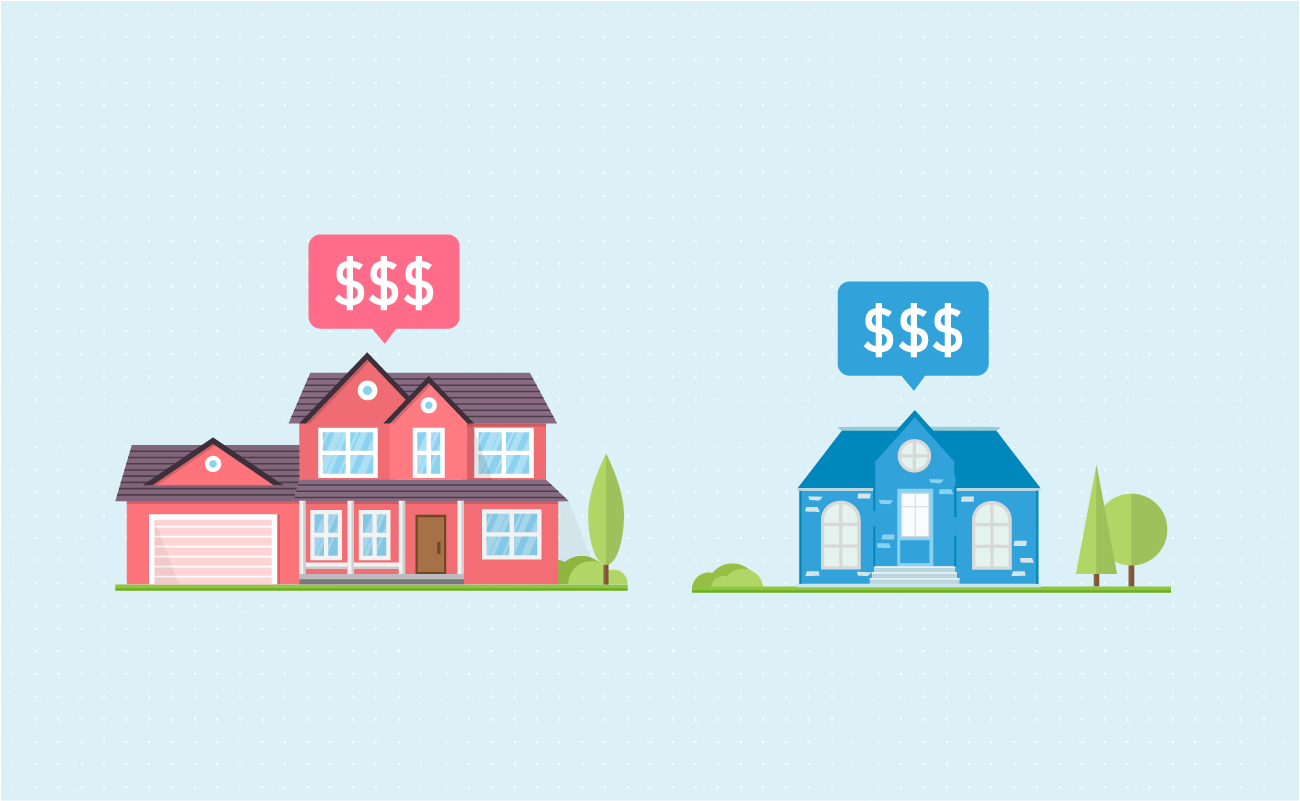
In the past few years, home prices remained high in the U.S. due to a supply shortage. There are fewer available lots to build new houses where the demand is biggest. Likewise, there are also fewer houses available in the inventories because people are reluctant to sell. It wasn’t too long ago that a sizable number of people owed more on their homes than they were worth. Holding onto their homes was a way of cutting their losses.
The cost per square foot has been steadily rising over the last several years. According to Realtor.com, the median price per square foot for a single family home was $123 in 2019. Based on that, a 2,000 square foot home and lot will cost you $246,000. But we’re still talking about medians and averages. In truth, the cost of each residential lot per square foot will vary considerably from one area to the next.

Get a general idea of the median home price in the neighborhood you will move into. This will reveal if your new home is overpriced or a bargain.
The National Association of REALTORS® examined square footage costs in America’s major cities as of January 2020. Here are some of the most expensive cities in the country:
| City | State | Median Price Per Square Foot |
|---|---|---|
| Boston | Massachusetts | $1,160 |
| New York City | New York | $1,106 |
| San Francisco | California | $1,004 |
| Los Angeles | California | $646 |
| Washington D.C. | District of Columbia | $473 |
| Seattle | Washington | $453 |
| Miami | Florida | $313 |
On the other end of the scale, there are cities in the U.S. with more modest square footage costs:
| City | State | Median Price Per Square Foot |
|---|---|---|
| Dallas | Texas | $215 |
| Chicago | Illinois | $193 |
| Detroit | Michigan | $42 |
Realtor.com compared how much square footage you can get for $305,000 in these cities. In Boston, this is a measly 263 square feet, which is not a lot of elbow room for the average family. In Detroit, on the other hand, the same amount can get you a whopping 7,262 square feet. But there’s always a catch with these bargains. Desirability has a profound effect on the costs of a house. The dirt-cheap price may not be as good as it seems.
These prices don’t hold a candle to prime property at the world’s most expensive cities. In these places, even the rich have to settle for small. Here’s how much square footage you can get with $1 million in the world’s ritziest addresses.
| City | Country | Square Footage for $1M | Price Per Square Foot |
|---|---|---|---|
| Monaco | Monaco* | 162 | $6,172.84 |
| Hong Kong | China | 226 | $4,424.78 |
| London | United Kingdom | 323 | $3,095.98 |
| New York City | United States | 344 | $2,906.98 |
*Monaco is a city-state
At the core of square footage cost is the law of supply and demand. The more people want to live there, the pricier that area would be. Towns that are experiencing a massive economic boom can expect a large surge in demand. Homebuyers can expect to compete for homes in desirable neighborhoods. This, in turn, will drive up prices even more.
Desirability is measured through several factors, many of which have a greater effect on price than others. The most prominent of these is the presence of jobs. Cities with booming economies will attract thousands of new residents. The more available jobs in the city, the higher the prices would be. This is why land costs in the city center are astronomical.
The effects can even be felt as you radiate outward from the city. Suburbs might be cheaper than the center, but they can still be pricey. You can find cheaper land the farther away and even within the city. However, you should prepare yourself for massive trade-offs.
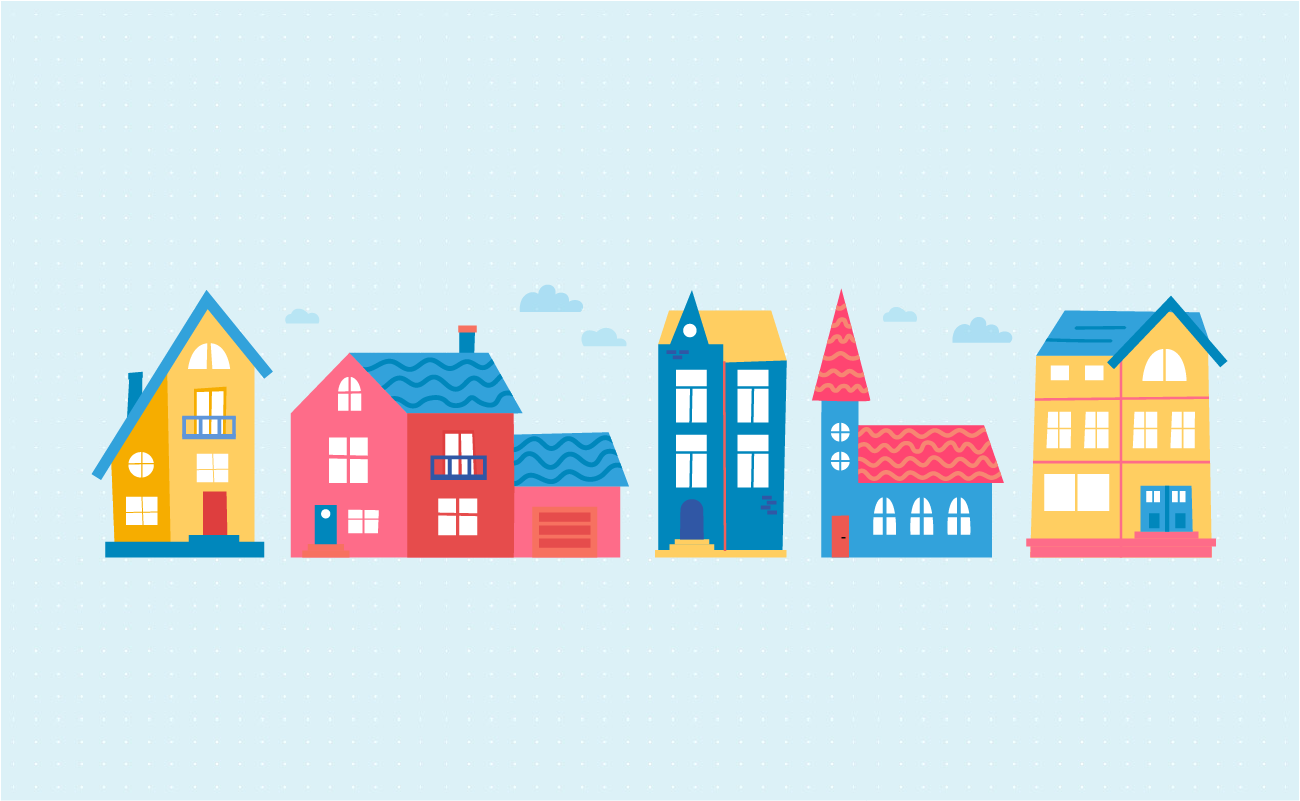
Your location decides a lot about your quality of life. Even if you found a neighborhood with cheap, big houses, there might be a catch. You could be living in a neighborhood that’s too far away from your workplace. When selecting distance, consider the prospect of wasting hours in rush hour traffic. And that’s just for the morning commute. How far away is your new neighborhood from shopping areas, schools, and hospitals? Is the hassle and expense of driving anywhere worth the cheaper square footage?
Environmental factors are also a key element in selecting a home. Some areas are cheap for a reason. Not only are they underserviced, they are also undesirable. They might be too close to sources of pollution, such as a factory complex or a dump. Places close to farms and airports might be too noisy for you and your family. Nobody wants to live in a place with a lot of crime. And some places might be too isolated.
You need to consider all these when house hunting. It might also be better to choose a smaller home in a more convenient location.
There are places where property values will always be high. Some of these places are found in big cities. In 2015, a studio apartment in Manhattan can cost you a whopping $725,000. That’s a lot of money for so little space. The median price of an apartment in this borough of New York City comes close to a million dollars. Other high-cost areas are a bit less urban. These include lakeside properties, private islands, and places with stunning views.
For the average buyer, these places are out of reach. They would need to qualify for a jumbo loan, which are mortgages well above the conforming limits of Fannie Mae and Freddie Mac.
The Federal Housing Finance Agency also lists four special designated high-cost areas. The following locations have conforming loan limits that are 50 percent higher than other U.S. areas:
An older house isn’t always your first choice. They’re usually not the prettiest property on the street. Fixer-uppers are outdated and lack most of the mods and cons you expect from a home. You’ll also need to spend some money to make it compliant with modern building codes. All that renovation and upkeep can be too much trouble, but it could be worth it.
Older homes are an attractive option for many buyers for several reasons. They’re often cheaper than other houses in the neighborhood. This way, you can afford to live in a neighborhood you wouldn’t have considered before. And sometimes, old homes have a charm to them. For other new homeowners, restoring a house to its former glory can be a fulfilling life project.
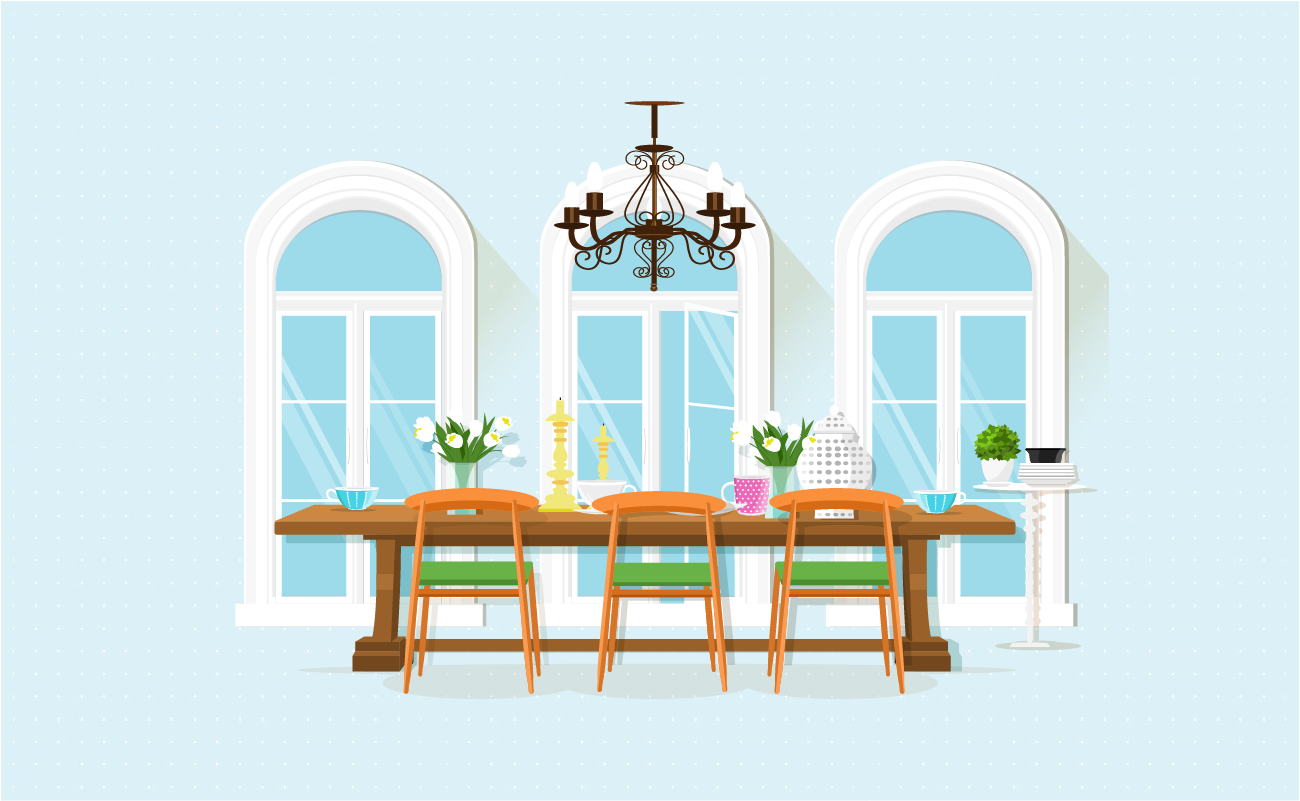
Big houses aren’t for everybody. Even if you can afford the cost of buying it, there are other reasons you should reconsider a larger home. A house that’s too big will be a source of pain and frustration, and not just for your pocket.
Larger houses have astronomical upkeep costs. You’ll need to pay for the costs of maintaining roofs, walls, and piping. And not all big houses are created equal. Slipshod construction, subpar materials, and poor design choices add to your home’s maintenance costs. A smaller, well designed home, meanwhile, will cost you less to fix.
Moreover, a bigger home costs more to heat, cool, and power. While you can remedy some of these issues by using eco-friendly windows and fixtures, they can only go so far. Your best bet is a more compact home. Smaller houses consume less power to heat and cool. This is especially important if you want to reduce your ecological impact. You’ll be saving money and energy by your home choices alone!

Reconsider buying a home with high ceilings. They might seem impressive, but they’re not practical. It costs a lot to heat the large voids they create. High ceilings also waste a lot of space that could’ve been used for useful rooms.
Let’s suppose you’re house hunting and found two separate houses, both of which cost around $300,000. One is closer to the city and offers 1,500 square feet of space. The other is much farther away and comes with 2,700 square feet of space. We’ll assume you can pay a 20 percent down payment for either house and receive identical terms.
| House | A (1,500 sq. ft.) | B (2,700 sq. ft.) |
|---|---|---|
| Cost | $300,000.00 | $300,000.00 |
| Down Payment | $60,000 | $60,000 |
| Principal | $240,000.00 | $240,000.00 |
| Rate | 2% | 2% |
| Term | 30 years | 30 years |
| Cost per Square Foot | $200.00 | $111.11 |
On the surface, you can get a much better deal from House B in terms of size and square footage. But let’s look again. Let’s assume House A is in a modest neighborhood whose homeowners association (HOA) doesn’t charge too much. Meanwhile, House B is in a secluded development. Its HOA offers a few more exclusive amenities but charges more. It is also located in a higher-risk area, so your insurance company will charge higher premiums on it.
| House | A (1,500 sq. ft.) | B (2,700 sq. ft.) |
|---|---|---|
| Property Tax (%) | $2,250.00 (0.75%) | $2,625.00 (0.875%) |
| Home Insurance | $1,125.00 (0.375%) | $2,250.00 (0.75%) |
| HOA Fees | $200.00 | $350.00 |
| Maintenance Costs | $2,500.00 | $4,000.00 |
| Monthly Principal + Interest | $948.29 | $948.29 |
| Escrow Costs | $731.25 | $1,804.54 |
| Total Monthly Ownership Costs | $1,679.54 | $2,037.87 |
| Total Annual Ownership Costs | $19,654.44 | $24,454.44 |
| Annual Ownership Costs per Square Foot | $14.77 | $9.80 |
| Fully Financed Cost per Square Foot | $267.59 | $148.66 |
Although you’ll spend less per square foot, you’re still spending $4,800 more on your ownership costs each year for House B. The table above only scratches the surface on how much a larger home will cost you. On top of this, you still need to consider regular transportation and energy costs along with the time it takes you to get to and from work.
That said, don’t be quick to dismiss the larger house. If you have a bigger family, for instance, you likely need that extra space.

If you live geographically far from work do not forget to consider your commute time along with nearby public transportation options. Driving 2 or 3 hours to work daily in rush hour traffic can be both expensive and exhausting. The stress of driving can impact your health and blood pressure along with how much free time you have away from work. Ignoring health impacts, each mile you drive to work daily costs roughly $795 annually. A home which is a mile closer and cost about $28,000 more would equate to the same economics at a 2.86% APR.
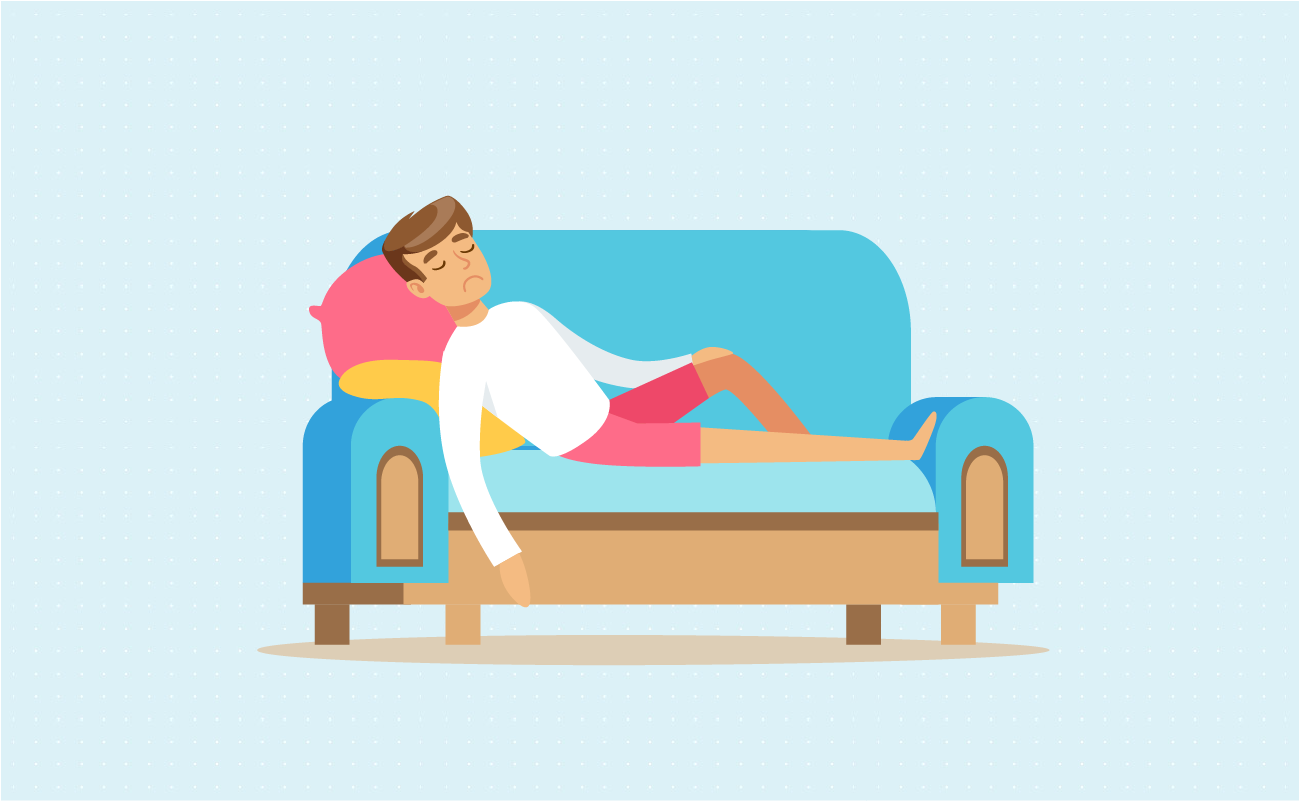
Your lifestyle preferences will have an impact on your choice of home. Ask yourself what you want in your new home. If you have kids, a neighborhood with other young families is ideal. If you love nature, a home in the backwoods might be an excellent choice. Like having guests over? A larger home might be a good option, too. If you’re getting older, you can opt for a smaller house in a more relaxed community.
The environment you live in will also shape you in ways you don’t notice. And that impact isn’t always good. Unless you’re introverted, prolonged isolation will not be good for you or your loved ones. A house that’s too big and isolated can make you feel cut off from the world and each other. The negative effects are most pronounced when things go bad, which may strain your finances and your relationships.
Meanwhile, a more intimate home fosters regular interaction. Life may not be perfect, but you and your loved ones can deal with these problems together. Having neighbors close helps you foster a sense of community.
Urban living isn’t for everyone. If you’ve ever been torn between a career and a life down on the farm, don’t fret. Working from home can make staying in a rural area a viable option for you and your family. You can have the job you want without needing to live close to the city.
The advent of both telecommuting and e-commerce has reduced the need to live close to city centers. This has its perks for suburbanites frustrated with long driving times. You no longer need to be physically present to work and shop, which can save you a mint on time and gas bills.
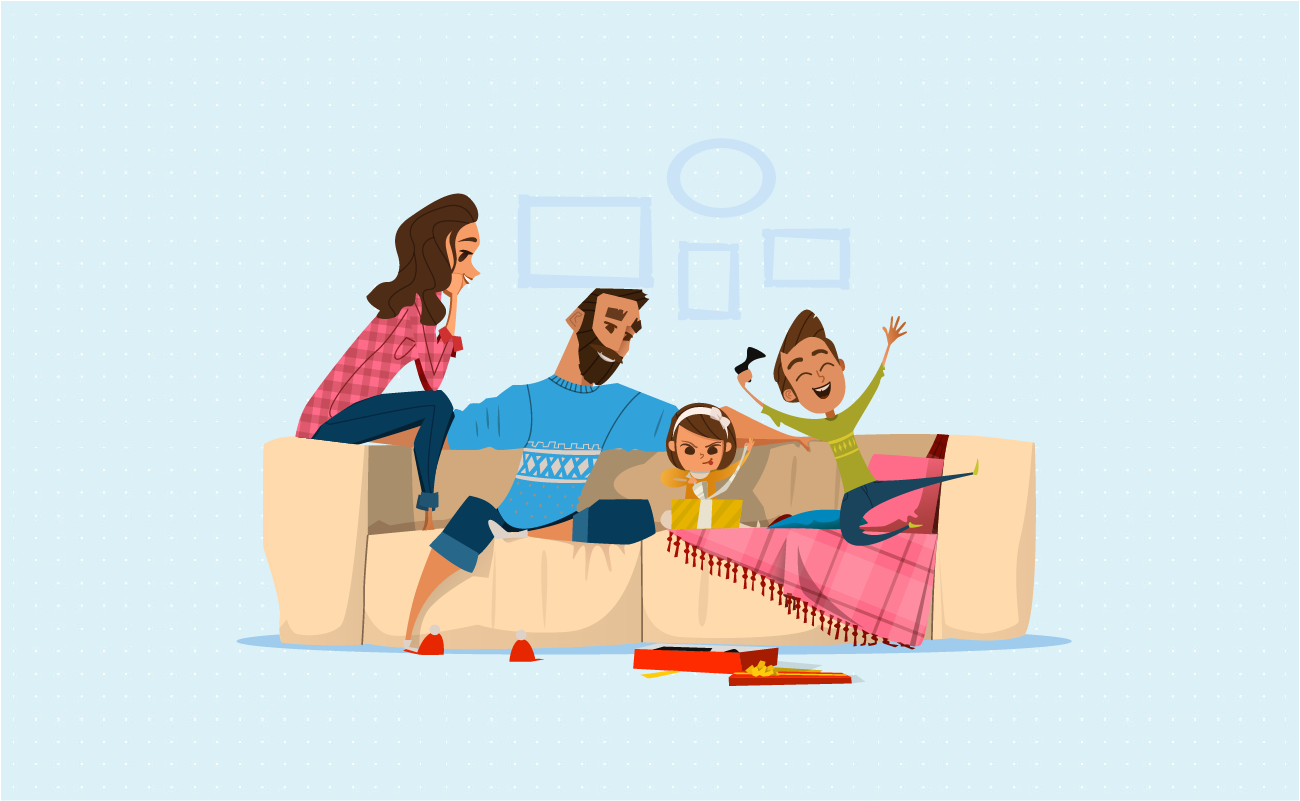
In recent years, many new homeowners have bucked the trend of bigger homes. The tiny house movement began in response to the excesses of the past. Rather than spend more on too much house, homeowners decide to stay small. Well-designed tiny homes have become a social media darling. Their popularity only grows as more people find them practical.
Tiny homes are either prefabricated or custom-built. You can also build them yourself if you’re confident in your carpentry skills. They are usually less expensive to set up and maintain. Most financial-savvy tiny homeowners choose “tiny living” to achieve their debt-free life goals. The small home size cuts down on the time and cost of maintenance.
There are drawbacks, however. Storage is the biggest issue. This can affect other aspects of your life, such as your grocery bill. Expect to buy more food on a regular basis since it can’t all fit in a small fridge. Other lifestyle considerations include less-efficient appliances and complicated plumbing. Before you jump in, be prepared for the difficulties of living in a tiny house.
Tiny homes also fall into a legal gray area. It pays to err on the side of caution before making this modest investment. Know the rules of your locale before buying one.

If you choose to take in your senior parents, consider building them their own tiny home right in your own property. The accessory dwelling unit (or granny pod) splits the difference between their needs and yours. Your folks get to spend more time with the family while still having their own place.
Living in a tiny house is not for everyone. But neither is living in oversized homes. Contrary to popular belief, bigger isn’t always better. Conspicuous consumption played a huge part in creating unreasonably large homes. Many Americans got stuck with big houses, bigger debt, and less happiness.
House goals should be tailored to the needs, comfort, and lifestyle of your family. And some people will need more space than others. Consider these with care. You might, for instance, need the home office for your work needs. But few people need a grand, two-story dining room with a crystal chandelier. Also consider the environment you’ll be living in. Choose a location that’s convenient for everyone.
However, this doesn’t mean you should forgo the amenities you want. If your house goals include a pool or a fancy hobby room, you can always add them later. But don’t go into excessive debt for things you don’t need.
Need to figure out your mortgage budget? Drop by our minimum payment range calculator.
Jose Abuyuan is a web content writer, fictionist, and digital artist hailing from Las Piñas City. He is a graduate of Communication and Media Studies at San Beda College Alabang, who took his internship in the weekly news magazine the Philippines Graphic. He has authored works professionally for over a decade.